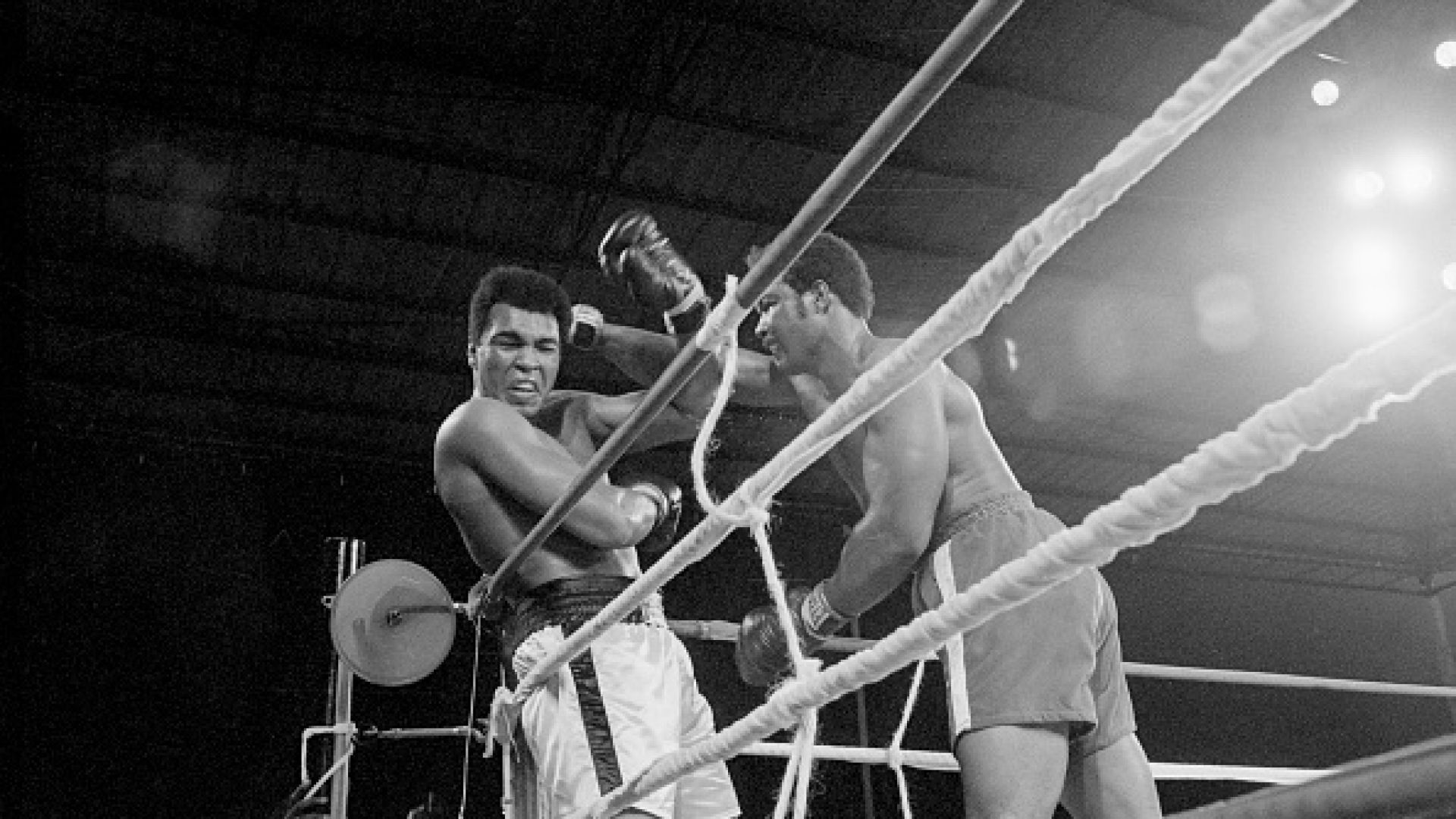A Competition Cheat Sheet for Entrepreneurs
Identifying potential rivals and strategizing a response should not be an afterthought. Here’s how to get started

Entrepreneurs typically are focused on fine-tuning their product or service offerings, figuring out how to exploit a business opportunity and building their bank of seed capital. They are generally less focused on systematically identifying how potential rivals will respond to their entry into the market. Yet, for many new businesses, competitive dynamics will largely dictate whether a new venture quickly gains traction or fails within the year.
Developing a comprehensive picture of the competitive landscape seems like a daunting task for a startup management team. There may be a host of direct competitors in the same product market as well as indirect competitors in a different market who have similar capabilities and are just one pivot or tech development away from being close rivals. Recall that smartphone manufacturers did not compete with digital camera manufacturers until powerful cameras were integrated into smartphones.
How can startup teams account for the possible competitive responses by either direct or indirect competitors? Strategy experts who specialize in competitive dynamics research have identified three conditions for a rival response: awareness, capability and motivation. When all three are present, a competitive response is likely to occur.
Awareness
Competitor analysis starts with a series of questions that can increase the awareness of direct and indirect competitors.
Are we aware of all direct and indirect rivals and their potential responses?
- Are there potential rivals we are not aware of?
- Are there firms with capabilities that can be easily transferred to our intended market segment?
- Do we pay sufficient attention to all market segments?
- What were rivals’ recent moves?
- Are rivals developing a new technology or product?
- Are we aware of rivals’ future strategic plans?
Is a rival aware of our moves?
- How closely does rival X monitor our actions? Does it have a dedicated competitor intelligence unit?
- Is this rival preoccupied with other problems or issues and possibly ignoring our actions?
- Is the market we are planning on attacking strategically important to a rival?

Capability
If startup team members believe there are one or more companies that would be aware of their market entry, the team then assesses the capabilities of these potential competitors.
Does the rival have the capability to challenge our product or service?
- Are there barriers that would keep a particular rival from developing or executing a countermove? Barriers include lack of specialized knowledge, limited financial resources, organizational inertia, access to distribution channels, ethical issues or decision-making biases (such as overconfidence or confirmation bias).
- Which rivals can quickly respond to our attack? How long would it take to execute a counterattack?
Do we have the capability to defend effectively?
- Do we face barriers to defend effectively against a rival’s counteraction?
- Can we remove those barriers?
Motivation
Some potential competitors who are aware of your enterprise may not be capable of responding. Even those that are capable may not be motivated to respond. They might opt for forbearance over counterattack, keeping their powder dry for another day.
To assess their level of motivation, consider their potential disincentives. Game theory mainly focuses on economic disincentives, such as a limited upside for market growth or the cost of counteracting versus the cost of ceding market share. But there are also strategic, psychological and social disincentives.
A strategic disincentive could be that a rival is pursuing a follower strategy or has commitments to other markets. Or a rival might strategically refrain from responding if a counteraction is inconsistent with its strategy or reputation.
A psychological disincentive could be escalating commitments to previous investments, overconfidence or risk-averse leaders.
And social disincentives could touch on conflicts with stakeholder interests, cultural issues or the need to preserve ties with suppliers and buyers. Consider the following questions:
Is a rival motivated to respond?
- Which rivals face economic, strategic, psychological or social disincentives to respond?
- Which rivals have developed an aggressive reputation by being historically tough on competitors?
- Would investors and other rivals perceive non-response as a sign of weakness?
Should we defend?
- Do we have economic, strategic, psychological or social disincentives that can prevent us from defending against a rival’s attack?
- What does a rival aim to achieve by responding or forbearing?
- Would a defensive move escalate rivalry?
- What alternative moves could we take to de-escalate a rivalry?
Analyzing competitive responses
If your analysis reveals one or two potential rivals capable of developing an effective response, and they are highly motivated to initiate a counteraction, the question becomes, How would they react? There are several factors to consider when analyzing potential competitive responses:
- Magnitude of response: Will the response be equivalent to your competitive move or exceed it?
- Timing of response: Will the rival respond immediately or delay its actions? What are the chances of the rival making a pre-emptive strike before you can launch?
- Domain of response: If you plan to enter multiple market segments, which segment will the rival target first?
- Type of competitive move: Will the competitor introduce a matching counteraction or respond with alternative moves such as cutting prices, launching an advertising blitz, offering sale incentives, changing distribution channels or rolling out new versions of existing products?
__________
Analyzing and mapping the competitive environment in some detail may seem too challenging a task for a startup’s leadership team. It is, of course, not an exact science. There will be gaps in knowledge that may be difficult, if not impossible, to fill. And an entrepreneur is not about to plant a bug in a rival’s boardroom.
By systematically analyzing direct and indirect competitors’ awareness, motivations and capabilities, entrepreneurs can begin to understand what to expect from potential rivals when launching or scaling up their business. More importantly, entrepreneurial teams can better anticipate competitors’ reactions and prepare defensive strategies and tactics.
They may prefer to go into stealth mode and worry about competition once the business finds its feet. But that is a dangerous calculation. Market conditions and alert rivals have a way of crowding out the seeds of a new enterprise, no matter how promising.
Goce Andrevski is an associate professor and the Distinguished Faculty Fellow of Strategy at Smith School of Business.